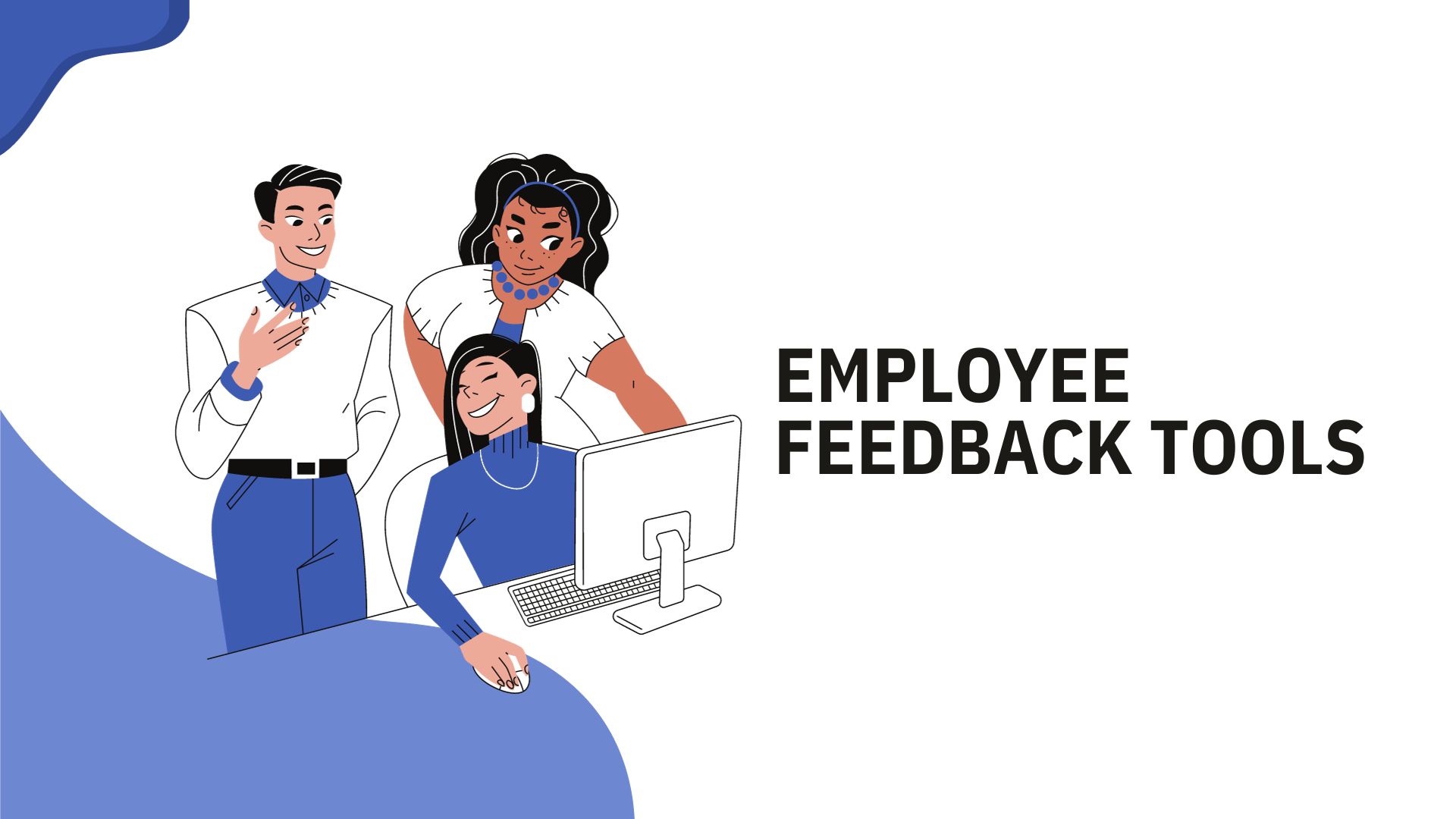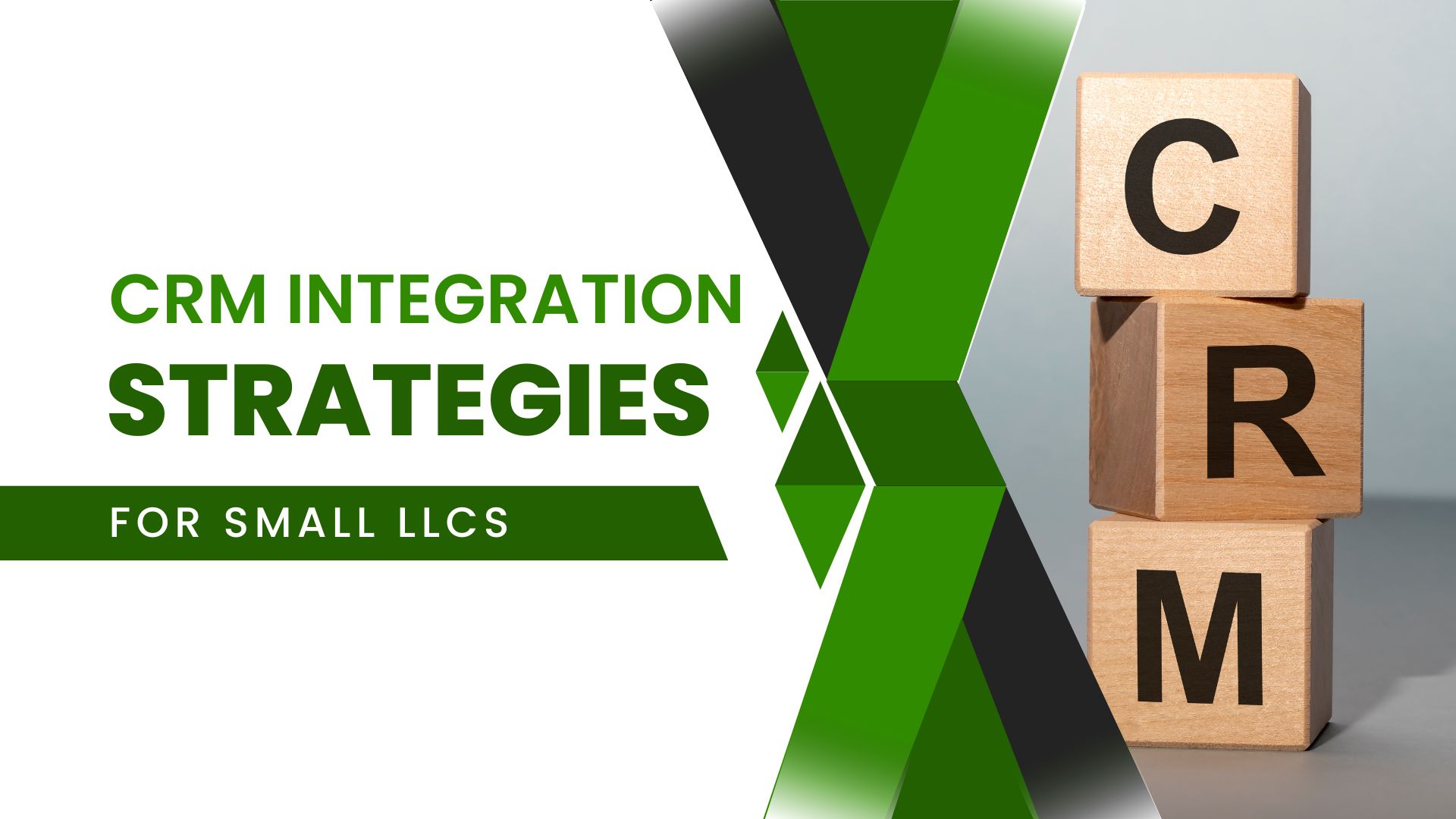Predictions for the State of Enterprise Applications in 2019
At the start of a new year, many people make resolutions about things to change and improve. It's also a time for predictions about what is likely to come in the year ahead.
In the world of Enterprise Applications, several key trends were apparent in 2018, including the move to cloud, the use of Artificial Intelligence, and continued enablement of applications for the Internet of Things (IoT). With 2018 now in the rear view mirror and 2019 starting, EnterpriseAppsToday has collected predictions from several enterprise vendors to provide some insight into what might be coming over the course of the new year.
- Behavioral metadata will lead businesses to more accurate predictions
- Business Intelligence/data analytics investment will rise in 2019
- Cloud will see an increase in adoption and higher demand for flexible hybrid deployments
- Coherence Economy will emerge
- Customer 360 will come into focus
- Demand for smart analytical applications redefine enterprise data practices will grow
- Digital Transformation will continue to make an impact
- Employee Experience Will Be the Next AI Frontier
- Enterprise ML adoption will continue
- Reducing the Cost of Digital Operations should be a focus
- Tensions will simmer as major cloud platform vendors make more moves to co-opt the open source ecosystem
Aaron Kalb, VP of Design and Strategic Initiatives and co-founder, Alation
Behavioral metadata will lead businesses to more accurate predictions: Organizations will experience further disillusionment with all the vague hype around machine learning and AI. They’ll increasingly realize that accurate predictions require not just a large volume of training data, but a particular type: behavioral metadata. Analysis of this data can be mined to better shine a spotlight on what’s used and what’s useful. This is the same insight that drove Google Search’s ranking prowess two decades ago: the content of a web page was less predictive of its utility than how often other pages — built by other people — linked to it. As the ML/AI buzz continues to wear thin, we’ll see a strong appetite emerge for this type of impact-driven technology and behavioral metadata among organizations.
Krishnan Ramanujam, President – Business & Technology Services at Tata Consultancy Services (TCS)
Will investments in business intelligence/data analytics solutions rise in 2019?: This is an ‘Age of Abundance’, where we observe that organizations have more data than ever at their disposal today. Storage for such large volumes of data, insights and computing environments will drive significant spending over next three to five years. We expect to continue seeing major investments in technology; competency development of people; adoption of agile practices; large scale change management initiatives and widespread usage of data across the ecosystem.
In an extremely competitive environment, actionable insights can mean the difference between success and failure. Business leaders must explore new possibilities by sponsoring data-centric initiatives and asking smart questions, which glean valuable insights and eventually help create new revenue streams and business models, limiting risks and losses, and maximize profits.
Savinay Berry, Vice President of Cloud Services, OpenText
The cloud will see an increase in adoption and higher demand for flexible hybrid deployments – The proliferation of new cloud solutions and services will continue in 2019, driven by customers who are looking to move faster into the cloud in the coming years. All industries are looking for a stable and secure infrastructure for information management in the cloud. This includes previously cloud-weary sectors such as manufacturing, financial services, legal, life sciences, and government. In fact, life sciences is one area where we are seeing customers move more aggressively to the cloud than ever before. Also – workloads matter. Typical workloads that are moving to the cloud faster are things like HR, contracts, legal, collaboration, digital asset management, etc. In 2019, companies will demand even more flexible hybrid deployments, including “multicloud” deployments leveraging services from many different vendors and blending both public and private clouds for maximum impact. The intersection of IoT and blockchain will create tangible benefits for customers. Imagine a world of smart contracts that are used by freight forwarders and carriers, where a ship can get authorized to enter a dock purely based on a smart contract that has been validated using the blockchain ledger. This can be game changing for the shipping industry and save them millions of dollars. Smart contracts will be powered by the cloud and enabled anywhere. Another technology that will gain traction is containerization. Containerization will start to create tangible benefits to customers by reducing TCO of solutions in the cloud.
Uri Sarid, MuleSoft CTO
The Coherence Economy: A new economy is emerging, one that is perhaps as game-changing as the industrial economy was relative to its agrarian predecessor. Unlike the industrial revolution, this one won’t arrive with a bang. Rather, it will enter through the cracks of disjointed consumer experiences and sclerotic enterprise processes. I refer to this new economy as the coherence economy, because it emerges as everything in our physical and digital world evaporates into a cloud of small, modular, hyper-specialized capabilities — think 6.5 million SaaS applications, 20,000 public APIs, 8.4 billion connected devices — and then these capabilities are reassembled and integrated on demand in an application network to provide coherent, personalized consumer experiences and highly targeted business processes.
Manish Sood, CEO of Reltio
Customer 360 will come into focus: The recent Customer 360 announcement by Salesforce, alliance between Microsoft, Adobe, and SAP for Open Data Initiative, and Oracle’s announcement about CX Unity reinforce the fact that the customer 360 view remains as elusive as ever. Modern data management technologies today have made it possible to gain a better customer understanding, and advancements in machine learning are improving data quality and enhancing customer experience. In 2019, we’ll see a renewed focus on customer data, helping enterprises be more customer-centric than product-centric.
Nima Negahban, CTO and co-founder, Kinetica
Demand for smart analytical applications will redefine enterprise data practices: Enterprises are in a race to become data-powered businesses, yet only a small fraction of the value of advanced analytics has been unlocked. In 2019, there will be high demand for new innovations around smart analytical applications that are driven by real-time interactions, embedded analytics and AI. The business requirements for these applications will be a forcing function for enterprise data teams to evolve their traditional big data architecture and implement a new active analytics tier for building intelligent, data-powered applications for real-time decision making.
Ravishankar Rao Vallabhajosyula, Head of Data Science at Impetus Technologies
Digital Transformation: 2019 will begin to see the impact of how AI can increase customer engagement for enterprises. This will be through enhanced personalization, increasing the ability of enterprises to identify customers across multiple channels more effectively and quicker. This will allow enterprises to address challenges with identifying customers from their interaction with websites (personal signature of how users navigate a site via click data) or call centers (through combination of deep learning and NLP applied to voice data, IVR data to detect in real time what is spoken and with what emotion), and other means (such as shopping at brick and mortar stores) for enhanced user digital experience.
Ryan Lester, Director, Customer Engagement Technologies, LogMeIn
Employee Experience Will Be the Next AI Frontier: Customer Experience has been the focus of a lot of AI conversations in 2018. Next year, we’ll see companies move what they’ve learned from their CX AI implementations internally as well. Almost every benefit AI offers customers can be translated to employees. We are starting to see this in the IT and HR spaces where there are a lot of highly repetitive tasks and questions. In 2019, we’ll see this become more pervasive and move even deeper into the service organizations of businesses. Through AI, companies will have a much better understanding of who their employees are, and will be able to offer assistance tailored specifically to them. If an employee is new, for example, AI can proactively serve them up with onboarding materials specific to their job and offer them an always-on partner for questions throughout their lifecycle. If an employee is traveling, AI can make it possible that the employee's computer would automatically be configured for the location, badges would work in other offices, etc.
Hilary Mason, GM of Machine Learning at Cloudera
Enterprise ML adoption will continue: In 2019, we'll see a new step in maturity in the enterprise machine learning (ML) transformation, as companies advance from proof-of-concepts to production capabilities. Enterprise ML adoption will continue as businesses look to automate pattern detection, prediction and decision-making to drive transformational efficiency improvement, competitive differentiation and growth. We’ll see infrastructure and tooling evolve around efforts to streamline the process of building and deploying ML apps at enterprise scale, including the rise of cloud-native platforms to enable elastic auto-scaling and multi-cloud portability for end-to-end machine learning workflows.
John Newton, the founder and CTO of Alfresco.
Reducing the Cost of Digital Operations: Cost reductions in digital operations will be achieved through deployment of digital business solutions as individually provisioned services, enabling enterprises to better control spending. User organizations will have control over the services they buy and provision, as well as fine-grained oversight of encryption, storage, authentication and policies. DevOps-driven enterprises will further leverage the evolutionary developments of container-based security and will also obtain deployment efficiencies using solutions such as Kubernetes. These economies of scale will provide real financial benefits while ensuring that enterprises maintain control of IT spending and achieve business objectives.
Karthik Ramasamy, co-founder Streamlio
Tensions will simmer as major cloud platform vendors make more moves to co-opt the open source ecosystem: Open source is playing a critical role in modern IT infrastructure and IT businesses, a fact that’s not going unnoticed by the major cloud vendors. Recent open-source moves by AWS (AWS App Mesh, Amazon Managed Streaming for Kafka), the IBM acquisition of Red Hat and the VMware acquisition of Heptio are the latest data points illustrating that these major vendors are not only looking to more actively play in this space, but potentially looking for ways to co-opt the open source ecosystem.
The fear has only grown that big cloud providers will undermine open source communities and vendors by launching their own closed cloud services based on open source without contributing back to those communities. However, there are signs in these recent moves that big vendors are taking a nuanced approach—in some cases working to co-opt open source to the ecosystem’s detriment, while in other cases supporting vibrant open source ecosystems.
Sean Michael Kerner is a senior editor at EnterpriseAppsToday and InternetNews.com. Follow him on Twitter @TechJournalist.

Sean Michael is a writer who focuses on innovation and how science and technology intersect with industry, technology Wordpress, VMware Salesforce, And Application tech. TechCrunch Europas shortlisted her for the best tech journalist award. She enjoys finding stories that open people's eyes. She graduated from the University of California.


